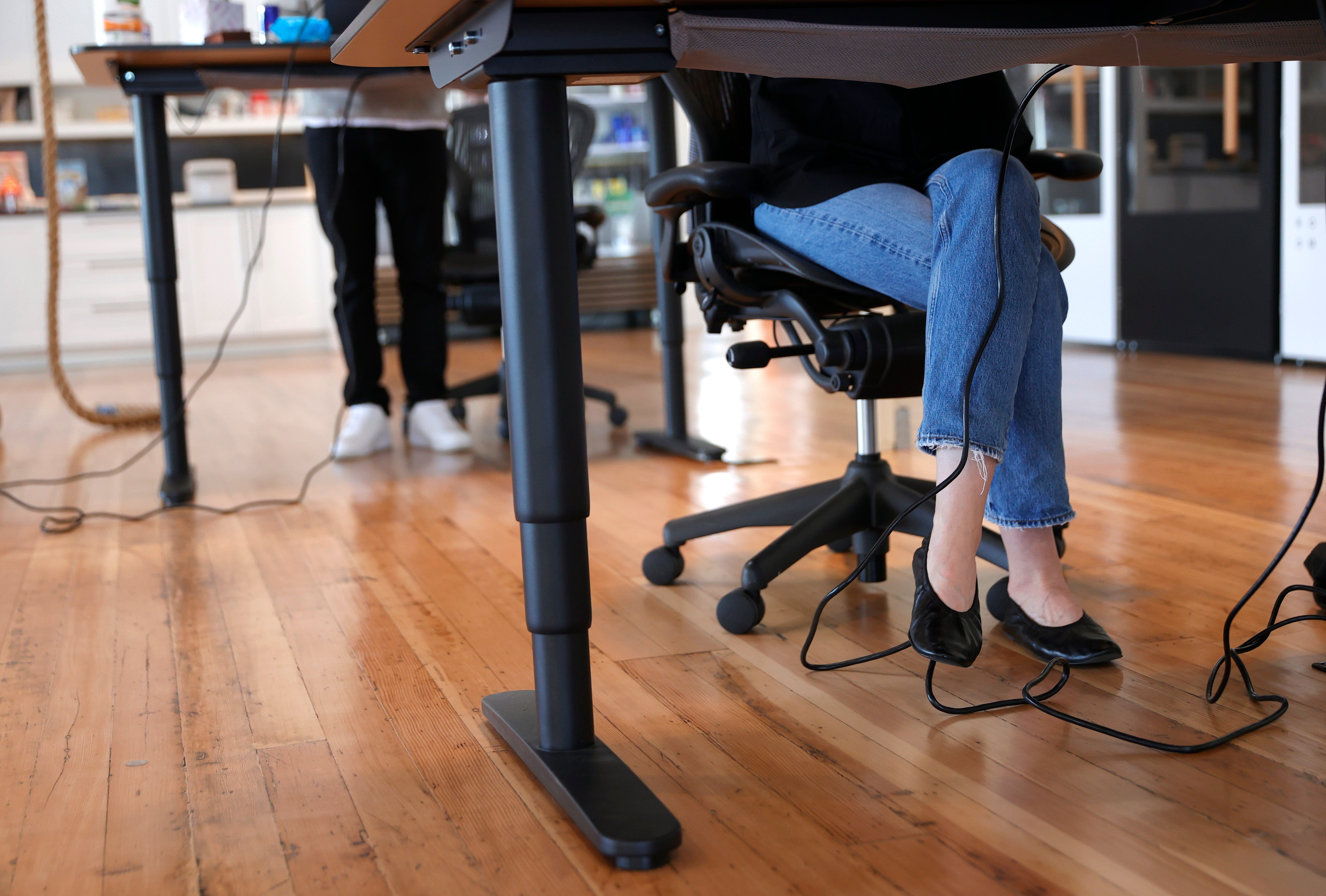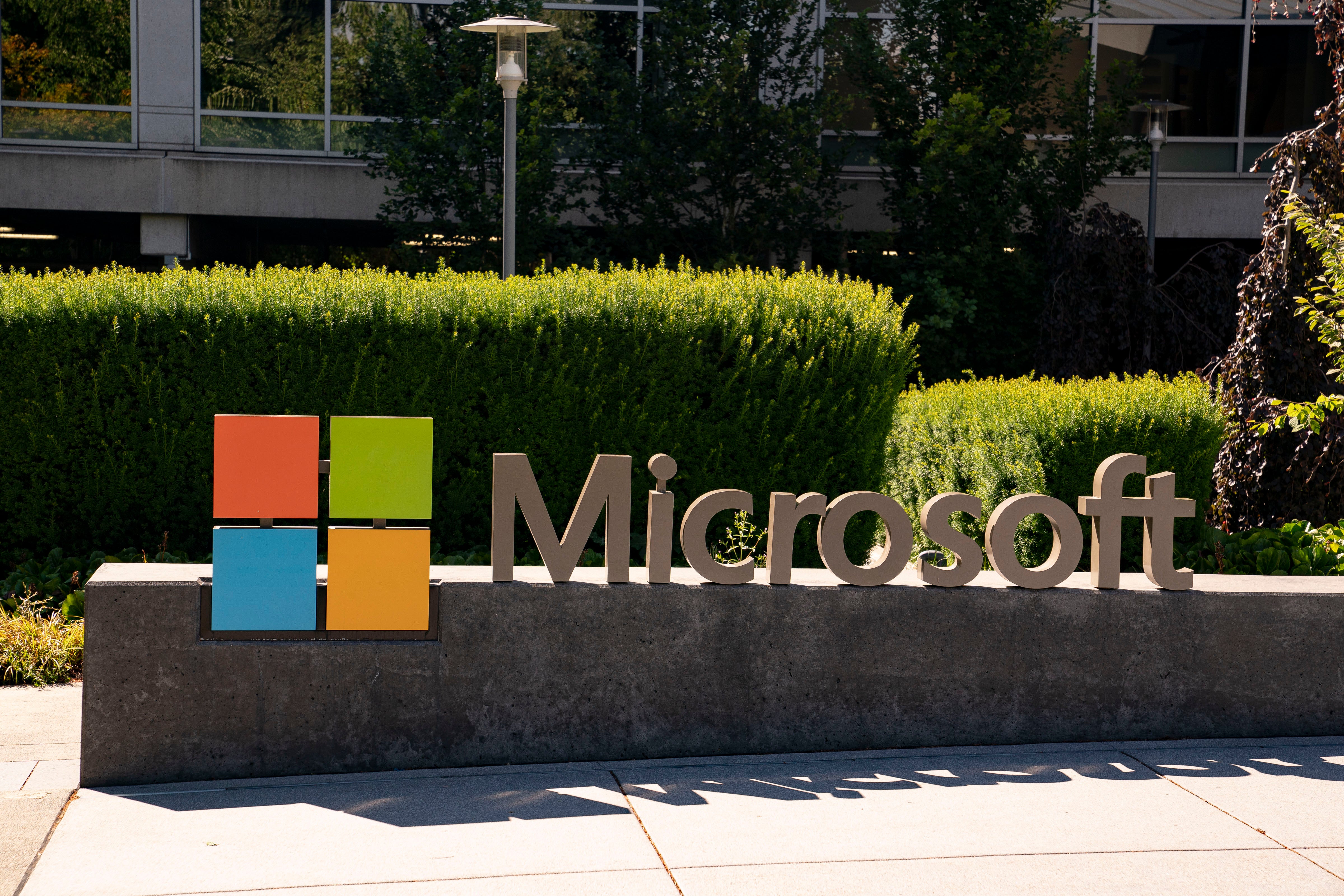Humanity is inching closer to the “infinite workday,” a new report from Microsoft warns.
The tech giant’s analysis, examining annual trends at work, has found that workers around the world receive some 117 emails a day, as well as 153 Microsoft Teams messages.
“Leaders are feeling the squeeze. With flat budgets and rising pressure to perform, 1 in 3 employees in our global Work Trend Index survey responded that the pace of work over the past five years has made it impossible to keep up,” Microsoft noted, adding that the modern workday has no clear starting or ending point for many employees.
The report’s conclusions highlight the repercussions of this environment. Those consequences include an increasingly important chronic health issue known as burnout.
What is burnout?

Endless amounts of work can lead to physical and mental exhaustion caused by prolonged stress and feelings of incompetence or a lack of achievement. The feeling has been equated to carrying a “sack of potatoes all the time.”
It may result in increased reliance on drugs or alcohol, altered sleep or eating habits, headaches and stomach problems without a known cause, lethargy, depression, a lack of focus, and other mental symptoms identified by the Mayo Clinic. Longer hours and heavy workloads can make matters worse, resulting in an increased risk of heart disease, headaches, and musculoskeletal pain.
“There are many potential causes of burnout in today’s workplaces — excessive workloads, low levels of support, having little say or control over workplace matters, lack of recognition or rewards for one’s efforts, and interpersonally toxic and unfair work environments,” Dr. Mindy Shoss, a professor of psychology at the University of Central Florida, said in a statement. “Add to that the constant hum of uncertainty about a possible recession, and it’s no surprise that burnout is on the rise in many workplaces.”
Just how pervasive burnout is remains unclear, but tackling it head-on can help both employers and employees. A 2024 poll of more than 2,000 full-time U.S. workers found that more than half of respondents reported feeling burned out within the past year.
How do we fix it?

Well, the fix is not shaming employees.
Mayo Clinic advises that people communicate with their bosses, practice relaxing activities, exercise and sleep well, and seek out professional help. But people can also take “micro-breaks,” prioritize work recovery, and practice regulating their emotions.
Changing the logistics of how you work can also make a big impact in terms of responsibilities and hours.
Microsoft, which has invested big in artificial intelligence, says that tech might be a way to help in the future.
But, even just laying down might work for you.
Or, let yourself do nothing at all, Dr. Ron Goetzel, director of the Institute for Health and Productivity Studies at the Johns Hopkins Bloomberg School of Public Health, told The New York Times. “It’s OK to just lie down and stare at the ceiling,” he said. “People should do more of that.”
#Workers #emails #day #infinite #workday #inching #closer #sane



